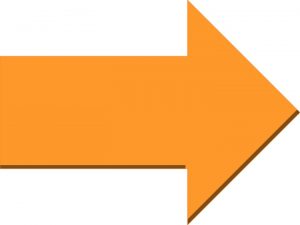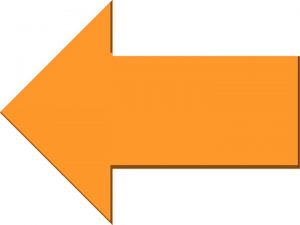Goal: Reconstruction or Adaptation of a learning cycle:
We decided to merge many learning cycles together to construct our instructional framework that unifies all the learning theories as mentioned earlier. Sunal (n.d.) provided many instructional frameworks in his article, which was very helpful to start the process. During our teaching experience thus far, we have been using 5E instructional cycle and 4mat cycle. As 4mat instructional cycle is a very elaborated 8-phase instructional cycle, that McCarthy and McCarthy (2006) developed mainly from Kolb’s learning cycle, includes all the stages of 5E instructional model. Thus, we decided to compare many other instructional cycles with 4mat cycle and find out if we could use 4mat cycle as our base cycle. The analysis lead us to believe that 4MAT instructional cycle incorporates all the constructivist elements as mentioned by Baviskar, Hartle and Whitney, (2009)–
1. Eliciting prior knowledge- addressed in the connect phase
2. Creating cognitive dissonance-addressed in the attend, image, inform phase
3. Application of new knowledge with feedback- addressed in the extend and refine Phase
4. Reflection on learning -dealt with in the perform phase
Also, 4MAT cycle’s practice Phase includes beneficial components of behaviourism and cognitivism as well, which seems essential for science, math, and language learning to promote automatization of the content. We also made the spiral 4MAT framework that includes maturationism, which is described on next page. For more details about the comparison of different learning cycles, please read the following Scribd document.
Activity 5: Please go through all the learning cycles and vote for the learning cycle which you think best incorporates all aspects of constructivist learning in the following survey.
_____________________________________________________________________________
References
4MAT Overview. (2016). About Learning. Retrieved 12 August 2016, from https://aboutlearning.com/about-us/4mat-overview/
Baviskar, S., Hartle, R., & Whitney, T. (2009). Essential Criteria to Characterize Constructivist Teaching: Derived from a review of the literature and applied to five constructivist-teaching method articles. Int. J. Of Sc. Educ., 31(4), 541-550. http://dx.doi.org/10.1080/09500690701731121
Botelho, W., Marietto, M., Ferreira, J., & Pimentel, E. (2015). Kolb’s experiential learning theory and Belhot’s learning cycle guiding the use of computer simulation in engineering education: A pedagogical proposal to shift toward an experiential pedagogy. Comput Appl Eng Educ, 24(1), 79-88. http://dx.doi.org/10.1002/cae.21674
Bybee, R. (2009). THE BSCS 5E INSTRUCTIONAL MODEL AND 21 ST CENTURY SKILLS (1st ed., pp. 1-24). National Academies Board on Science Education. Retrieved from http://sites.nationalacademies.org/cs/groups/dbassesite/documents/webpage/dbasse_073327.pdf
Bybee, R. (2014). Guest Editorial: The BSCS 5E Instructional Model: Personal Reflections and Contemporary Implications. Sci. Child., 051(08). http://dx.doi.org/10.2505/4/sc14_051_08_10
Henton, M. (1996). Adventure in the classroom. Dubuque, Iowa: Kendall/Hunt Pub. Co.
Kolb, A. & Kolb, D. (2008). The Learning Way: Meta-cognitive Aspects of Experiential Learning. Simulation & Gaming, 40(3), 297-327. http://dx.doi.org/10.1177/1046878108325713
McCarthy, B. & McCarthy, D. (2006). Teaching around the 4MAT cycle. Thousand Oaks, Calif.: Corwin Press.
Schultz, K., McEwen, L., & Griffiths, J. (2016). Applying Kolb’s Learning Cycle to Competency-Based Residency Education. Academic Medicine, 91(2), 284. http://dx.doi.org/10.1097/01.acm.0000479943.21563.6f
Sunal, D. The Learning Cycle: A Comparison of Models of Strategies for Conceptual Reconstruction: A Review of the Literature (1st ed., pp. 1-6). Retrieved from http://astlc.ua.edu/ScienceInElem&MiddleSchool/565LearningCycle-ComparingModels.htm

